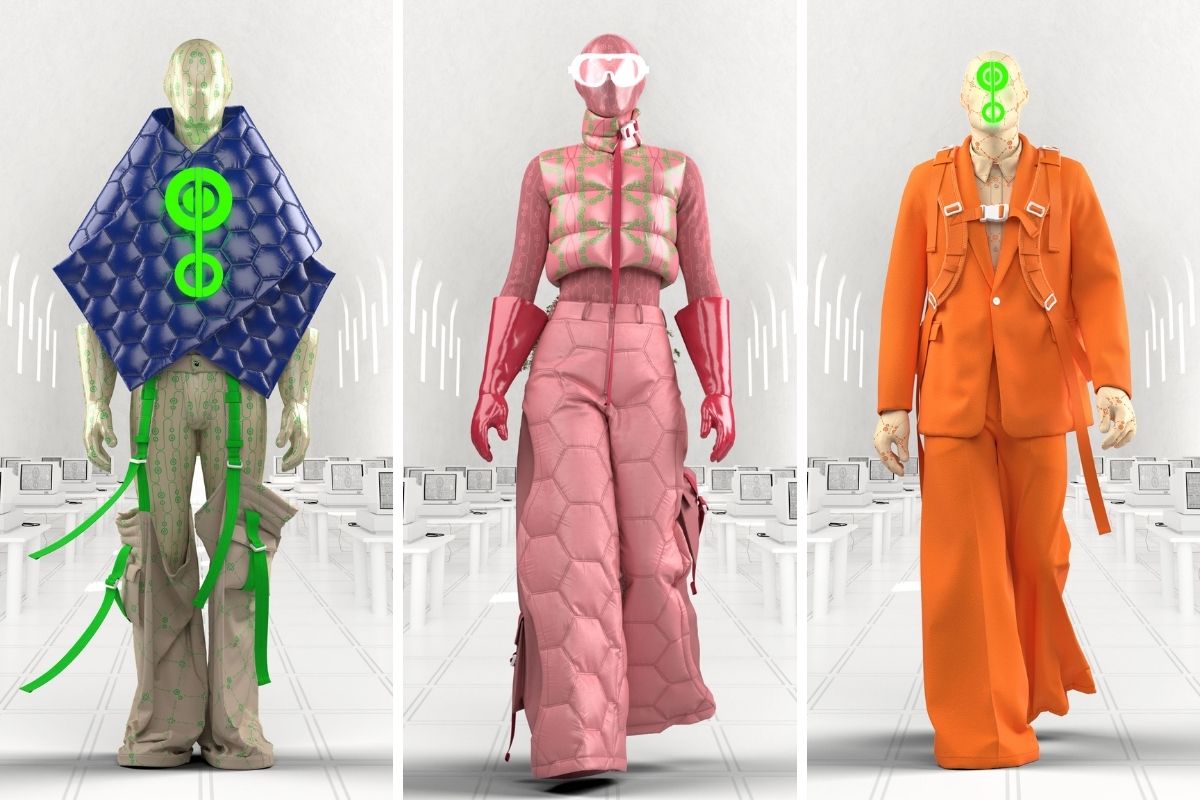The fashion industry has evolved with technology, from industrial sewing machines to digital fabric printing. However, the rise of artificial intelligence (AI) is causing an even more significant disruption. AI-designed clothing is no longer just a futuristic concept—it’s already happening. With AI’s ability to generate designs in seconds, predict trends, and customize clothing for individual consumers, some ask: Will AI replace human fashion designers?
How AI is Revolutionizing Fashion Design
AI is transforming the fashion industry in multiple ways, including:
1. AI-Generated Designs
Fashion brands are increasingly using AI to create new designs. Machine learning algorithms analyze millions of past trends, runway photos, and customer preferences to generate fresh styles. AI-powered software like DeepDream by Google and DALL·E can create unique patterns, color combinations, and silhouettes that human designers might not have considered.
For example, H&M and Zara use AI to analyze social media trends and design new pieces based on what’s popular. This speeds up the process of creating fast fashion, reducing the time from concept to retail.
2. Personalized Fashion
AI is also reshaping custom clothing design. Companies like Stitch Fix and True Fit use AI to analyze body measurements, style preferences, and past purchases to recommend the perfect outfits. Some AI programs can even generate customized clothing designs for individuals based on their specific tastes.
This could revolutionize high fashion, where AI might create one-of-a-kind garments tailored to each customer—something even the best human designers struggle to do at scale.
3. Sustainable and Efficient Production
AI makes fashion more sustainable by reducing fabric waste and optimizing production processes. Traditional design methods often result in unused materials, but AI algorithms can optimize fabric-cutting patterns to minimize waste. AI also predicts demand, helping brands avoid overproduction and unsold inventory, a significant problem in the industry.
4. Virtual Fashion and the Metaverse
AI is not just designing physical clothes—it’s creating digital fashion. In the metaverse, people are buying AI-designed outfits for their virtual avatars. Brands like Gucci, Balenciaga, and Nike are already investing in AI-generated digital fashion, which allows users to wear designer clothing in virtual spaces like Decentraland and Roblox.
Will AI Replace Human Designers?
While AI is mighty, it still lacks creativity, intuition, and emotional expression—qualities that define great fashion designers. AI can generate trendy and functional designs, but it doesn’t have a unique artistic vision or the ability to push cultural boundaries like legendary designers such as Alexander McQueen or Coco Chanel did.
Instead of replacing designers, AI is more likely to enhance their work. Many designers already use AI tools as creative assistants to speed up idea generation, test new patterns, and improve efficiency. AI can handle repetitive tasks, allowing human designers to focus on innovation and storytelling.
The Future of AI in Fashion
AI-designed clothing is here to stay, but human creativity will always play a role in fashion. The future will likely blend human artistry and AI precision, where designers use AI to expand their creative possibilities rather than be replaced by it.
Fashion isn’t just about patterns and fabrics—it’s about self-expression, culture, and identity. And for now, that’s something only human designers genuinely understand.



